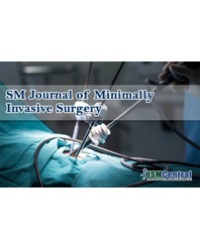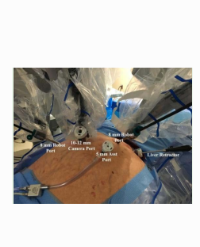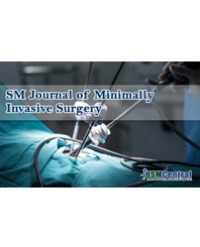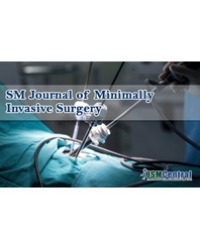
Unilateral versus Simultaneous Bilateral Percutaneous Hallux Valgus Surgery
Introduction: The purpose of the present study is to evaluate the clinical and radiographic results of simultaneous surgical correction for bilateral hallux valgus compared with unilateral correction using Percutaneous Forefoot Surgery Techniques (PFS).
Material and methods: A prospective cohort study of 82 patients (106 feet). The mean follow-up was 58.7 ± 31.5 months (range 22.3 to 112.1). Patients were divided into two groups, unilateral surgical group (group U, 58 feet) and simultaneous bilateral surgical group (group B, 48 feet).
Results: Preoperative mean Visual Analog Scale (VAS) was 6.2 points in group U and 6.3 in group B (p = 0.170), at the last follow-up it decreased in both groups (1.6 group U and 1.8 group B, p = 0.277). American Orthopaedic Foot and Ankle Society (AOFAS) score improved from approximately 50 points preoperative in both groups, to 88 at the last follow-up. Mean hallux valgus angles in groups U and B changed from 34.7 degrees and 34.3 degrees preoperatively (p = 0.838), to 21.3 degrees and 22.4 degrees follow-up, respectively (p = 0.635). With the numbers available, no significant inter-group differences were observed in clinical and radiographic outcomes.
Conclusions: PFS is a valid procedure for outpatient simultaneous surgical correction in patients with bilateral hallux valgus.
Level of evidence: II Prospective Comparative Cohort Study
Eusebio Crespo Romero¹, Silvia Gómez Gomez¹, Raquel Penuela Candel¹, Alvaro Arcas Ordono¹, Angel Arias Arias², Ricardo Crespo Romero¹, Jaima Gálvez Gonzalez¹ and Vicent Palacios Pastor¹




